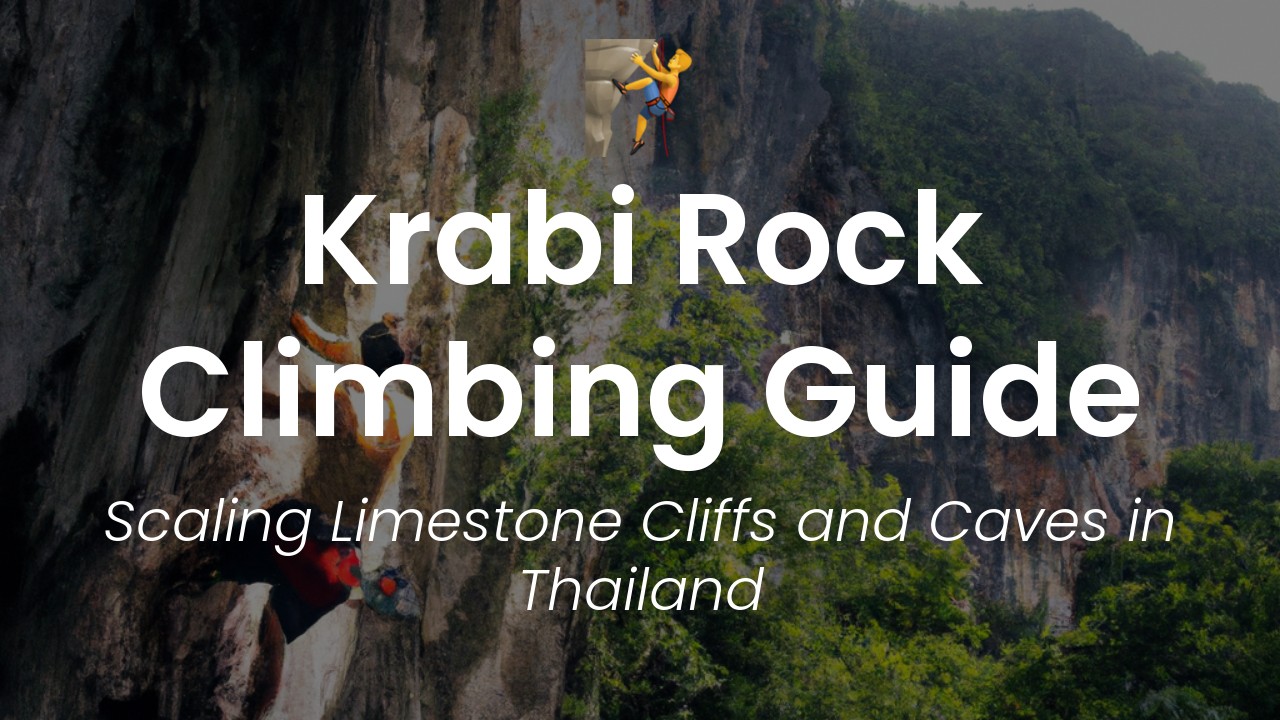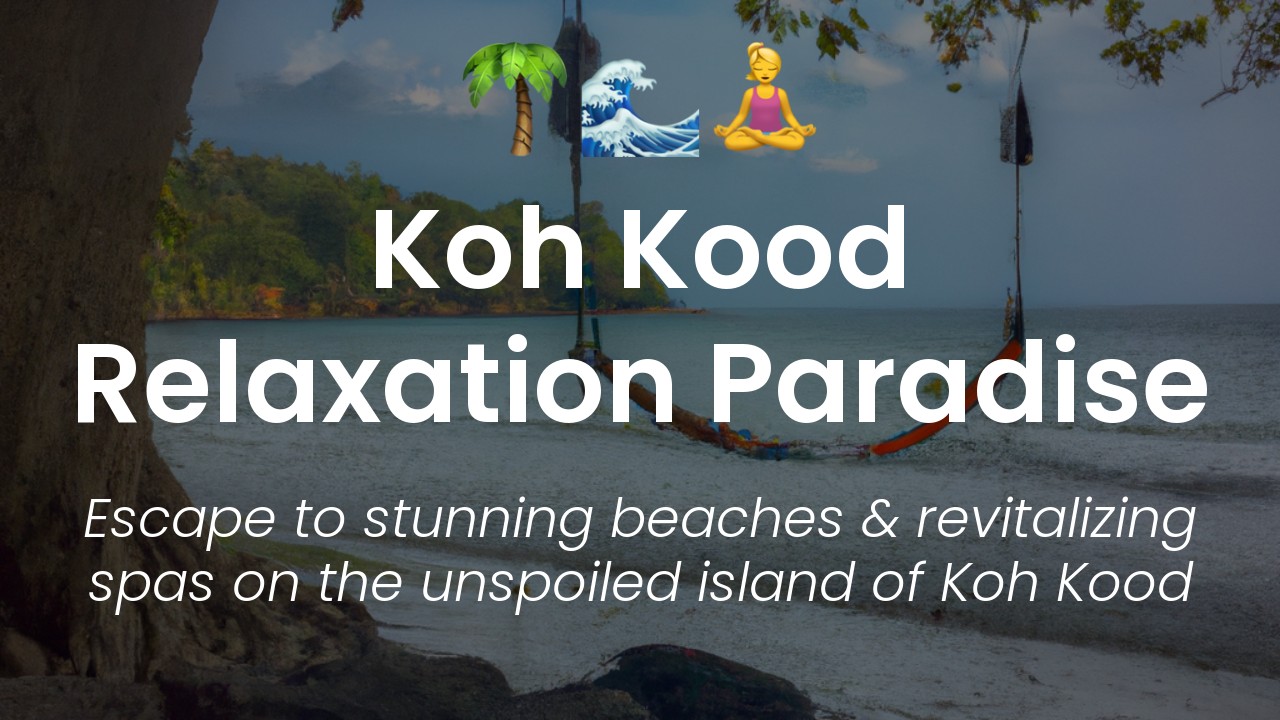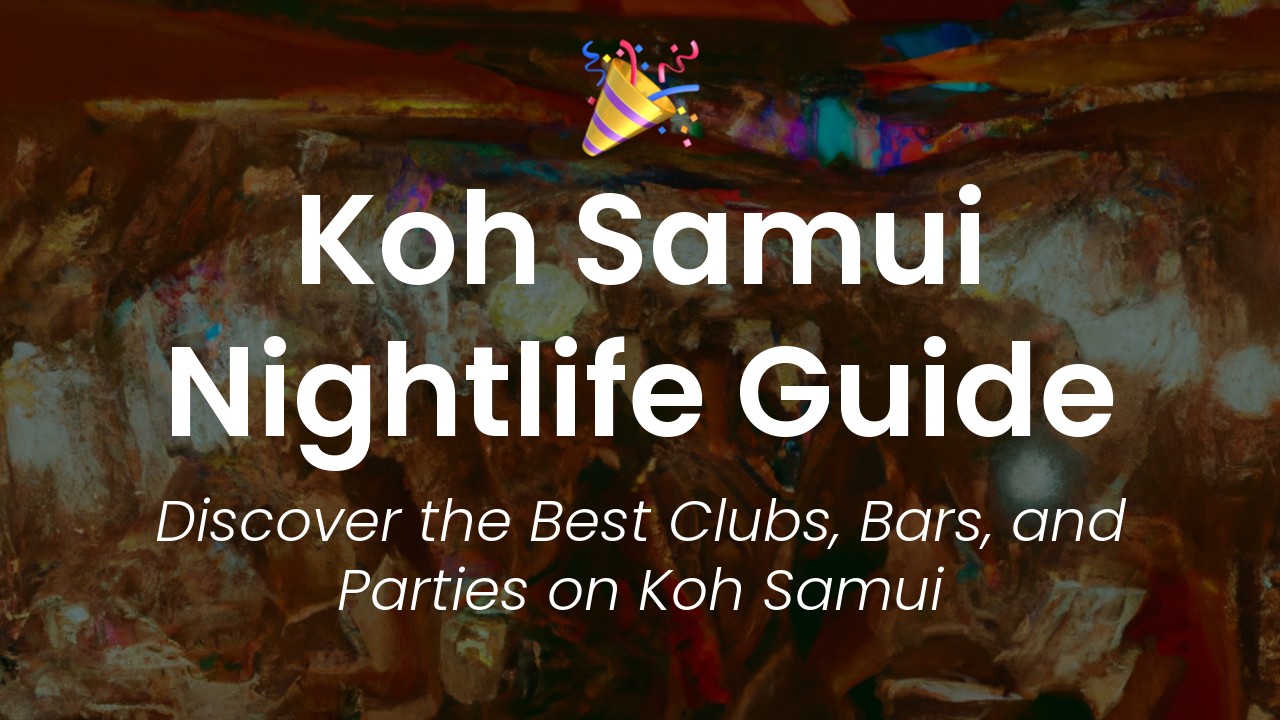Hello, fellow adventurers! Today, I am excited to share with you one of the most thrilling activities you can experience in Thailand- rock climbing in Krabi. As a lover of adrenaline-pumping activities myself, I can attest that this is not your ordinary climbing experience. Krabi's rugged natural beauty and towering limestone cliffs make it a prime location for rock climbing enthusiasts from all over the world.
Krabi offers a diverse range of climbing routes, suitable for both beginners as well as more experienced climbers. Whether you're a seasoned climber or someone who's never tried it before, this guide will give you all the information you need to embark on your own rock climbing adventure in Krabi.
As someone who has personally experienced the rush of climbing these cliffs, I am excited to take you through my personal tips and tricks. From the best climbing spots in Krabi to how to prepare for the climb, I have got you covered. So buckle up and prepare for an unforgettable adventure!
Why Krabi is a Top Rock Climbing Destination
Krabi is a hidden gem, a tropical paradise and climbing haven in the south of Thailand. It has been gaining popularity as a rock climbing destination due to its towering limestone cliffs, virgin jungle forests, and pristine beaches. The area boasts more than 700 routes in different grades and styles, suitable for beginners and experts alike. Krabi offers a unique and authentic climbing experience, with routes that are both challenging and rewarding.
Krabi's limestone cliffs are famous for their tufas, stalactites, and overhangs, offering a variety of climbing styles, such as face climbing, crack climbing or laybacking. Climbing routes are accessible year-round, but November to April is considered the best climbing season, as the temperatures are cooler and the weather is dry.
Equipment You Need to Bring for Climbing
When going on a climbing trip to Krabi, you should be well-equipped, as the area has a tropical climate and can have mosquitoes and sandflies. Here are some essential items to pack, besides your climbing gear:
- Insect repellent to ward off mosquitoes, sandflies, and other bugs
- Sunblock lotion with SPF 50 or higher, as the sun can be intense
- Suitable clothes for climbing, such as lightweight and quick-drying clothes or climbing shorts
- Hat or cap to protect you from the sun
- Water and snacks to keep you hydrated and energized throughout the day
- First aid kit with bandages, antiseptic, plasters, and other essentials
- Climbing shoes, harness, helmet, and other climbing gear.
The climbing gear can be rented from local climbing shops or bought at climbing stores in Krabi, such as Basecamp Tonsai, Hot Rock, and King Climbers.
Best Beginner Trails in Krabi
Krabi has plenty of beginner-friendly climbing routes, with easy access and low difficulty levels. Here are some of the best beginner trails to try:
- Railay Beach beginner area: This area has about 30 routes in grades 4-6a, with smooth vertical walls and easy ascending angles. The routes are only a five-minute walk from the beach, and most have fixed anchors, making it easy to climb and descend.
- Tonsai Bay: Easy routes with grades 5-6a to climb, located in a beautiful setting surrounded by limestone cliffs and jungle forests.
- Koh Panak: This area is suitable for families or beginners with over ten climbs with grades 4-6a. The routes offer spectacular jungle views and seascapes.
Intermediate and Advanced Climbing Routes
Krabi has world-class climbing routes for intermediate and advanced climbers, with steep, overhanging limestone cliffs and difficult routes. Some of the most popular areas for experienced climbers include:
- Tonsai Tower: This is one of the hardest areas in Krabi, with overhangs, large roofs, and long routes up to 180ft. Some of the classic routes include the "The Dum's Man" and "A Midsummer Night's Dream."
- Diamond Cave: This area has some of Krabi's most challenging routes, with grade levels ranging from 6b to 8b. The routes require a combination of skills, strength, and endurance, with spectacular views of the Andaman Sea.
- Crazy Horse Buttress: This area has over 100 routes with grades ranging from 5c to 8b+, offering a mix of climbing styles, such as face climbing, slab climbing or overhangs.
Safety Tips for Climbing in Krabi
Climbing can be dangerous, and safety should be a top priority when climbing in Krabi. Here are some safety tips to follow:
- Always climb with a partner and use proper safety equipment, such as a rope, harness, helmet, and carabiners.
- Make sure the gear is in good working condition and check it thoroughly before climbing.
- Use a helmet to protect yourself from falling rocks or debris.
- Be aware of your surroundings and the weather conditions. Avoid climbing during heavy rain or strong winds.
- Follow proper climbing techniques and protocols, such as belaying and knots.
- Hire a local climbing guide if you're new to the area, as they have expertise and experience on the local terrain and can ensure you stay safe.
Alternatives: Deep Water Soloing and Bouldering
If you're looking for alternative climbing experiences in Krabi, deep water soloing and bouldering are excellent options. Deep water soloing is a style of climbing that involves climbing without ropes above the water. Krabi has several areas suitable for deep water soloing, such as Tonsai Bay, Railay West, and Koh Poda. Bouldering involves climbing short routes without ropes, usually boulders or small cliffs, and is popular in Tonsai Bay and Railay Beach.
Rock climbing in Krabi is a unique and unforgettable experience, with some of the best climbing routes in the world. Whether you're a beginner or an advanced climber, Krabi offers something for everyone, with breathtaking views, challenging routes, and a friendly climbing community. So, pack your climbing gear and head out to Krabi for an adventure of a lifetime!







